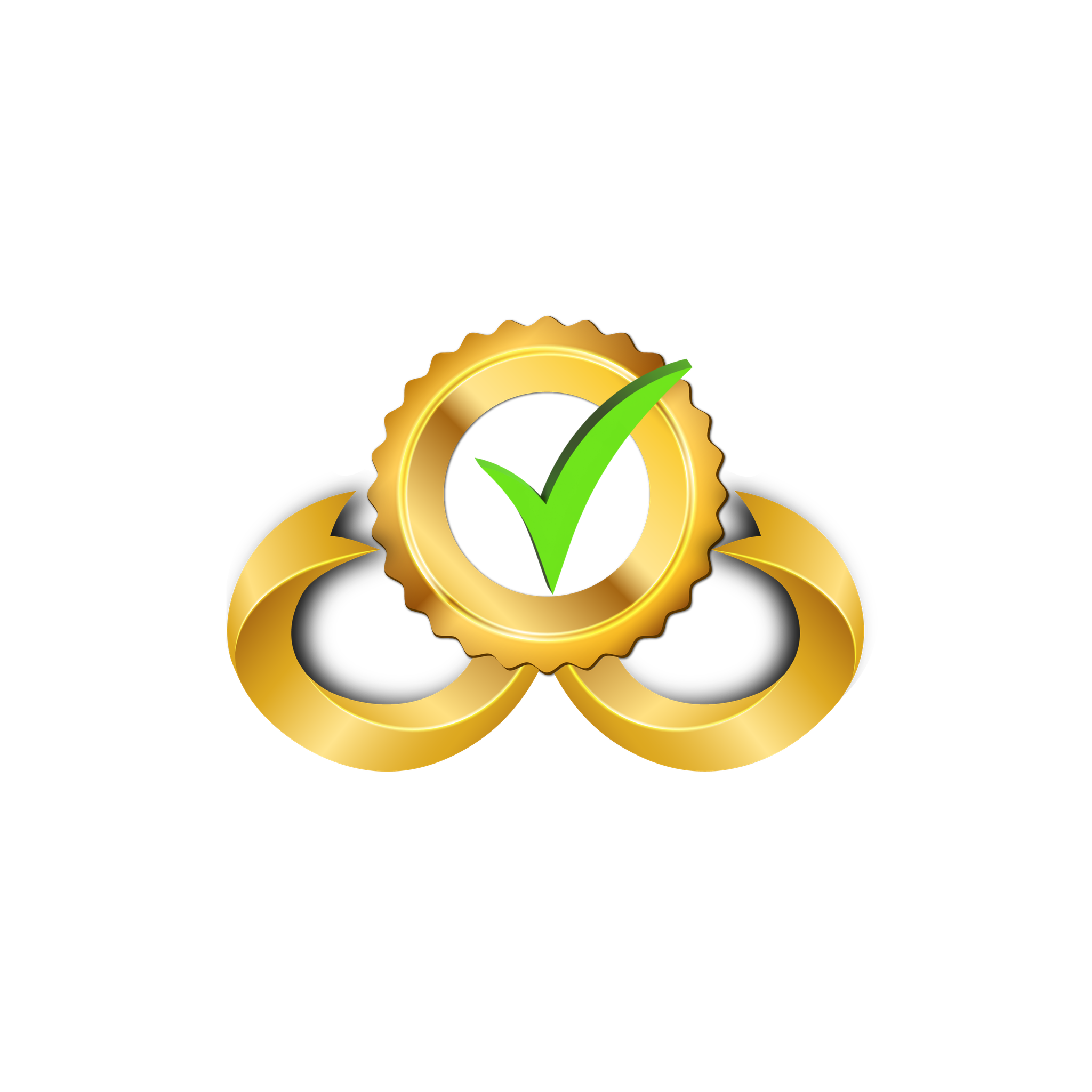Azure Console Guide
This page offers a full guide to the Microsoft Azure section of the Namirasoft Credential Console. It walks through each setting needed to link your Azure subscription to Namirasoft apps like Namirasoft Bill Watch. Use this guide to manage Azure cloud access with clarity and full encryption
What Is Microsoft Azure?
Azure is Microsoft’s cloud platform offering services including virtual machines, databases, AI tools, storage, and IoT support. It serves developers, IT teams, and enterprises with highly integrated tools that align with Microsoft’s ecosystem and enterprise security standards.
The Complexity of Credentialing in Azure
In Azure, assigning access involves creating app registrations, managing secrets or certificates, and assigning roles to service principals. This complexity can lead to misconfigured permissions, expired tokens, or overly broad access if not handled carefully.
How Namirasoft Credential Enables Secure Azure Access
Namirasoft Credential enables you to register Azure app credentials with proper scopes and permissions and store them securely with encryption in Namirasoft Secret. There’s no need for repetitive configuration. All Namirasoft apps access Azure through the credential you manage centrally with the ability to revoke or update access at any time.
Azure-specific features like tenant selection, subscription ID entry, and role assignments are all supported through the guided setup process in the console.
Overview of Azure Credential Fields and Options
The sections below describe each element required when adding an Azure credential. Understanding these options ensures accurate configuration and secure access for your Namirasoft integrations.
-
ID (string): This is a unique ID automatically assigned to the credential (by Namirasoft Credential) once it’s created. You don’t set this yourself; it’s used internally to reference the credential record.
-
User ID (Namirasoft Account’s ID): This is the unique ID assigned to a user of the Namirasoft Account, which gives access to all Namirasoft apps. This ties the credential to a specific user (for access control and tracking). It does not directly affect authentication but is used in the backend to manage permissions and history.
-
Workspace ID (Namirasoft Workspace’s ID): This refers to a workspace created in the Namirasoft Workspace app, which allows users to group projects, teams, or environments. The workspace name is displayed (not just the ID), and it links directly to the Workspace app where the workspace ID is displayed. This ensures that each credential is associated with the correct organizational context.
- Client ID (String): This is a unique identifier assigned to your registered application in Microsoft Azure. When your Namirasoft app wants to access Azure resources, this Client ID tells Azure which application is requesting access. It’s like a unique username for your app in Azure’s authentication system. How to Create Azure Client ID?
-
Client Secret (String): This is a confidential password-like string tied to your Azure Client ID. It’s used during the login process to prove that the application is authorized. When your app connects to Azure, it submits both the Client ID and Client Secret to receive an access token. How to Create Azure Client Secret?
- Tenant ID (String): This is the unique identifier of your Microsoft Entra ID (formerly Azure Active Directory) tenant. It specifies which Entra ID directory your application belongs to and controls user access and permissions within that directory. If your organization manages its own Entra ID, this ID distinguishes your directory from all others in Azure. It’s required to ensure your app connects securely to the correct tenant. How to Create Azure Tenant ID?
-
Name (String): This is a human‑friendly label you choose to identify the credential. This is required when creating a credential; helps you and your team recognize which credential is which. It has no impact on authentication itself.
- Description (String): This is an optional text field where you can explain the purpose, environment, or role of this credential. For example, you might note that it’s used for billing alerts in production or that it connects to a test project.
-
Created At (DateTime): This shows the exact date and time when the credential was originally added to the Namirasoft Credential system. This value is automatically set when you create the credential and does not change over time.
-
Updated At (DateTime): This shows the last time this credential was edited. Any change (like renaming it, updating the secret, or modifying the description) will update this timestamp. It helps you track when the credential was last maintained.
